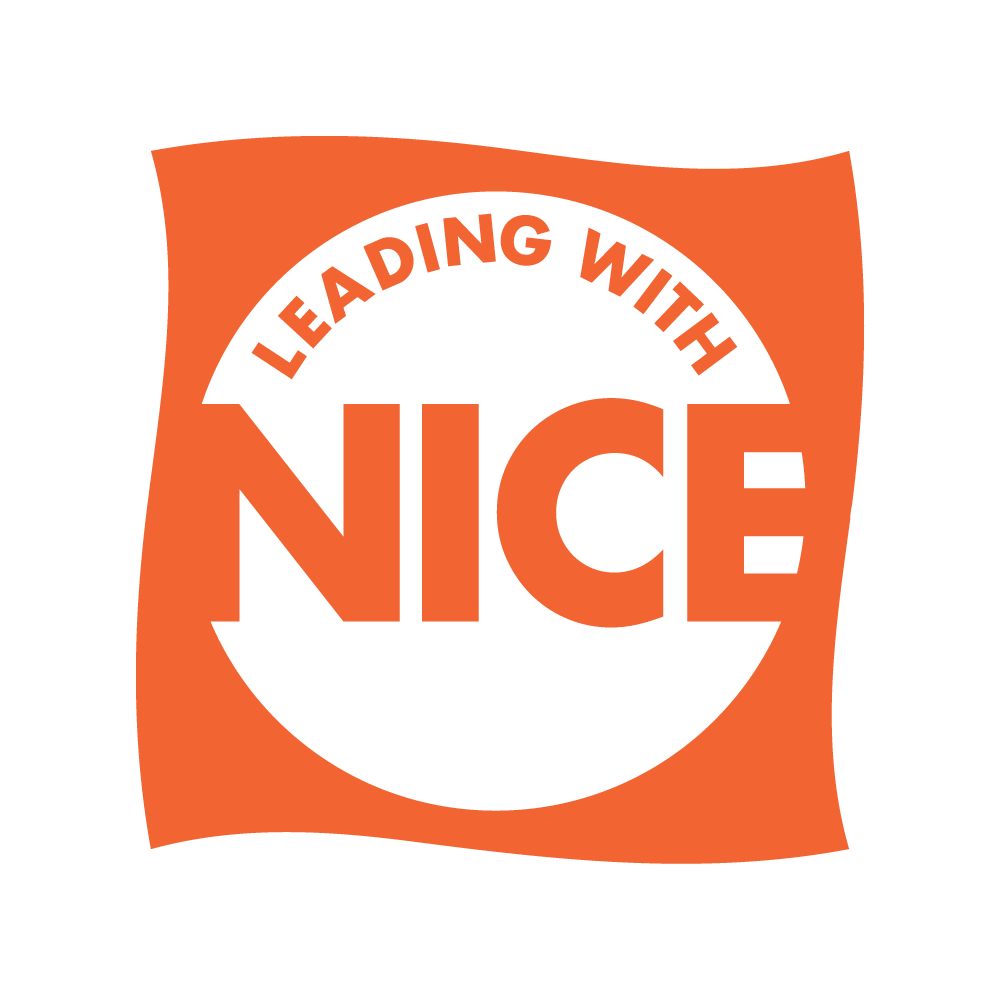Let’s talk about that shirt you bought the other week.
If the brand shared the exact cost to manufacture, store, ship and market that shirt before you purchased it — including how much profit they would make from the sale — would you be more or less inclined to buy it?
The idea of radical transparency was introduced in the 1990s as a way of encouraging employees to bring issues to the forefront before they became cataclysmic. But since its inception, companies have been using the philosophy to be radically transparent with their customers, too.
In this week’s video, we discuss if and how being radically transparent with a customer or client might be the right decision for you and your company. We use clothing company, Everlane, as an example.
